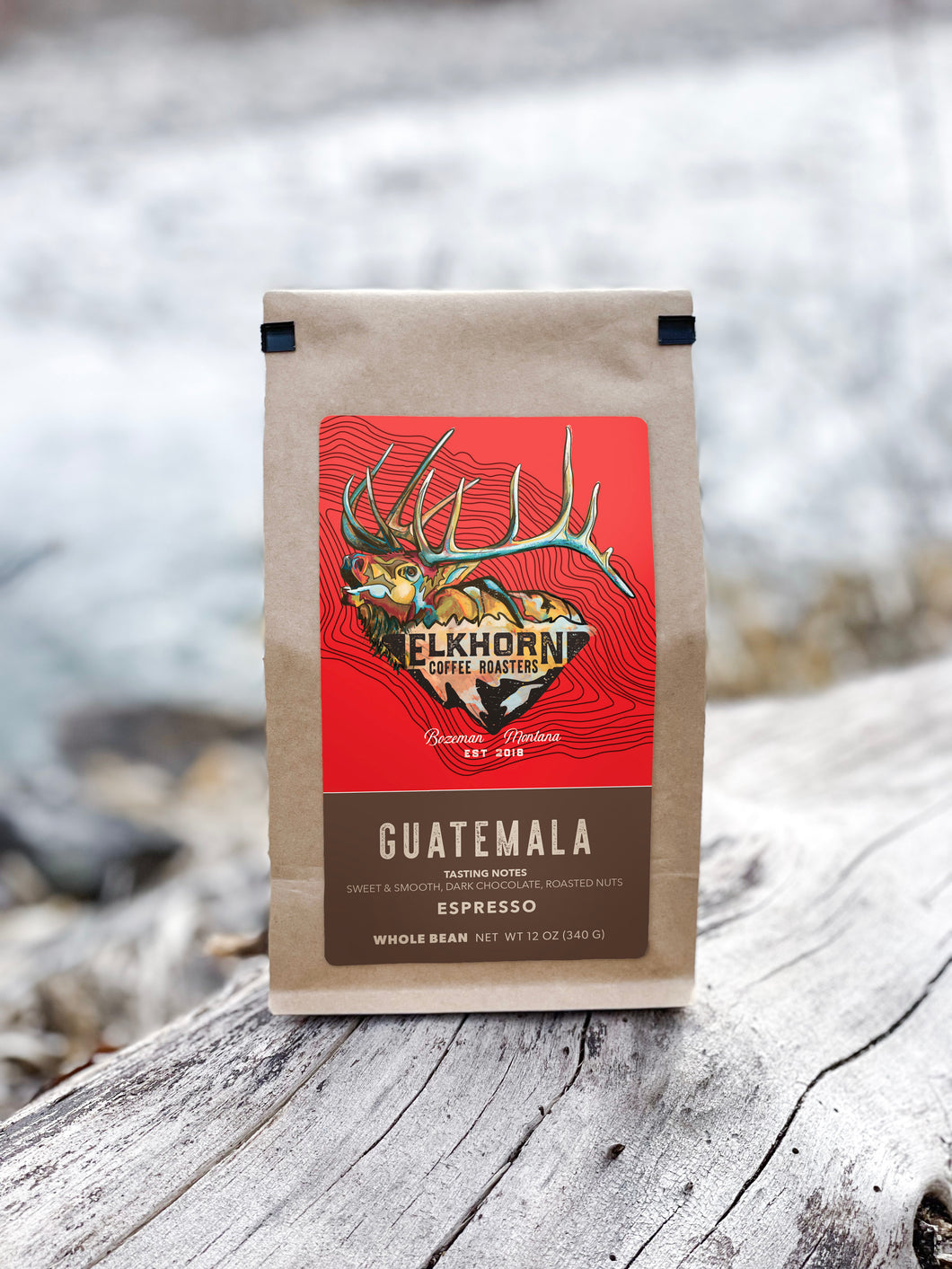How SOE Single Origin Espresso Transforms Your Wake-Up Brew
How SOE Single Origin Espresso Transforms Your Wake-Up Brew
Blog Article
Recognizing Coffee Beans: the Trip From Espresso to Blended Coffee Beans

The Origins of Coffee: A Global Viewpoint
While you might think of coffee as a modern staple, its beginnings map back centuries, intertwining with cultures around the world. The tale begins in Ethiopia, where tale states a goat herdsman named Kaldi uncovered the energizing results of coffee beans after seeing his goats romping energetically after consuming them. This triggered rate of interest, bring about coffee's spread to Arab traders that treasured the made beverage. By the 15th century, it got to Persia, Egypt, and Turkey, where coffeehouses came to be social hubs for conversation and culture.
As trade courses broadened, coffee made its way to Europe in the 17th century, rapidly acquiring appeal. It changed from a mystical drink into a daily routine, intellectual exchanges and inspiring celebrations. Each society included its special spin to coffee preparation, enhancing its background. This international journey highlights just how coffee attaches us, going beyond borders and uniting diverse customs with a simple bean.
Cultivation and Harvesting of Espresso Beans
As coffee's journey developed, the focus moved to the growing and harvesting of details bean selections, particularly those utilized for coffee. You'll find that espresso beans frequently come from Arabica or Robusta plants, each offering distinctive flavors. The excellent growing conditions consist of high altitudes and abundant, well-drained soil, which enhance the beans' top quality.
During the harvest, choosing approaches vary. In some areas, employees hand-pick ripe cherries, ensuring just the most effective fruit mosts likely to processing. In other areas, mechanical harvesters are used, particularly on bigger ranches. When the cherries get to peak ripeness for optimum taste., timing is essential; you desire to gather.
As soon as gathered, the beans are gotten ready for processing, which is essential in determining their last taste. Understanding the farming and gathering processes offers you understanding right into what goes into your preferred espresso, enhancing your recognition for each and every cup.
Processing Methods: From Cherry to Bean
Since you have actually discovered gathering coffee beans, let's explore how those cherries transform into the coffee beans you like. You'll see exactly how different harvesting techniques effect taste, complied with by the essential steps of fermentation and drying out. We'll break down the milling and grading process that establishes your coffee's high quality.
Harvesting Strategies Described
When it comes to coffee, recognizing harvesting methods is necessary, given that they straight influence the flavor and quality of the beans you delight in. Discerning selecting entails hand-picking just ripe cherries, ensuring you obtain the ideal top quality beans. Inevitably, the selection of collecting strategy can greatly affect your coffee experience, so it's worth recognizing exactly how those beans made it to your mug.
Fermentation and Drying Out
After collecting, the following action in handling coffee beans play a significant function fit their taste. You'll find that fermentation is important, as it assists break down the mucilage surrounding the beans, enhancing their taste account. Relying on the approach, this procedure can last from a few hours to several days, with differing results based on temperature level and humidity.
As soon as fermentation is complete, drying follows, which is equally vital. You can pick from sun-drying or mechanical drying techniques. Sun-drying permits the beans to take in flavors from the environment, while mechanical drying out guarantees consistent moisture levels regardless of climate. Proper drying is important to protect against mold and mildew and protect the beans' top quality, ultimately affecting your mug of coffee.
Milling and Grading Process
As fermentation and drying set the stage for taste growth, the milling and grading process warranties that only the finest coffee beans make it to your mug. This phase includes getting rid of the external layers of the coffee cherry, including the parchment and husk. High-quality beans obtain a greater quality, resulting in a richer coffee experience.
Toasting Strategies: Opening Taste Potential
When you roast coffee beans, the technique you pick can considerably impact the flavor account. Recognizing the connection in between time, temperature, and toasting techniques is crucial to revealing the capacity of your brew. Allow's explore just how these components collaborated to create the excellent cup.
Roasting Methods Described
While you may believe that all coffee roasting techniques yield the very same results, the fact is that each method exposes one-of-a-kind taste potentials in the beans. Drum toasting uses a revolving drum to uniformly distribute warmth, improving caramelization and producing a well balanced taste. Air roasting, on the other hand, distributes warm air around the beans, promoting a lighter roast with obvious More Info acidity.

Effect on Taste Profile
Different toasting approaches not just influence the process yet also substantially affect the flavor account of the coffee beans. Dark roasts, on the various other hand, bring out bold, great smoky flavors, occasionally concealing the bean's unique features. Comprehending these subtleties helps you appreciate the artistry behind your mug of coffee, boosting your general experience with every sip.
Time and Temperature Level Variables
To release the full flavor potential of coffee beans, both time and temperature throughout the toasting procedure play substantial duties. When roasting, you'll find that higher temperature levels can swiftly establish tastes, however if you hurry it, you could end up with burnt notes. Alternatively, lower temperatures enable for an extra steady flavor growth, showcasing the beans' distinct characteristics.

Timing is equally as important; expanding the roast as well long can lead to a loss of level of acidity and brightness, while as well short a roast may leave the beans underdeveloped. Discovering that pleasant area calls for method and experimentation. By changing these factors, you can expose the rich, complicated tastes hidden within each bean, developing a really impressive coffee experience.
The Art of Blending: Crafting One-of-a-kind Coffee Profiles

Start by selecting a base coffee that supplies a solid foundation. Pick complementary beans to enhance certain taste notes. A bright Ethiopian bean can bring fruitiness, while a rich Brazilian coffee includes body. Trial and error is essential-- don't hesitate to readjust proportions until you find your optimal account.
As you blend, maintain in mind that each combination tells a tale. You're my company not simply making coffee; you're creating an experience. So, take your time, preference regularly, and delight in the trip of finding your trademark blend.
Developing Approaches: Exactly How Preparation Impacts Flavor
Blending coffee opens up a domain of flavor possibilities, but exactly how you brew that mix can substantially influence your last mug. On the various other hand, a pour-over highlights the coffee's clarity and illumination, excellent for showcasing delicate notes.
Coffee, with its high stress, produces a focused shot that accentuates sweet taste and crema. If you like a lighter mixture, take into consideration a cold brew method; it produces a smooth, much less acidic taste.
Readjusting variables like water temperature level, grind size, and make time can change your coffee's profile. Welcome the art of brewing to discover the tastes hidden in your coffee blends.
The Future of Coffee: Sustainability and Innovation
As the coffee industry develops, sustainability and development are coming to be vital for attending to ecological difficulties and meeting customer needs. You'll observe that even more coffee firms are taking on eco-friendly methods, from sourcing beans ethically to carrying out lasting farming methods. These changes not just aid the planet however additionally enhance the top quality of the coffee you delight in.
You could see advancements like eco-friendly packaging and water-saving brewing methods that reduce waste. Advanced innovation, such as blockchain, is additionally becoming prominent, ensuring transparency in the Homepage supply chain, which permits you to map your coffee back to its beginnings.
Additionally, purchasing regional areas and supporting farmers via fair trade campaigns promotes a much more lasting coffee ecological community. As you drink your following cup, keep in mind that your choices can add to a brighter future for coffee. By going with sustainable brand names, you're not just enjoying a drink; you're making a favorable influence on the world.
Frequently Asked Concerns
What Is the Distinction Between Arabica and Robusta Beans?
Arabica beans are smoother, sweeter, and have a higher acidity, while robusta beans are stronger, extra bitter, and include more high levels of caffeine. You'll observe these differences in flavor and aroma when brewing your coffee.
Just How Does Altitude Affect Coffee Bean Taste?
Altitude impacts coffee bean flavor significantly. Higher elevations create beans with brighter acidity and complicated tastes, while lower elevations often generate beans that are larger and less nuanced. You'll discover these differences in your cup!
What Are the Health Advantages of Alcohol Consumption Coffee?
Drinking coffee can boost your energy, boost mental emphasis, and even improve physical performance. It's abundant in antioxidants, may reduce the risk of particular illness, and can advertise a healthier metabolic process when consumed in moderation.
Can Coffee Beans Be Reused for Brewing?
Yes, you can reuse coffee beans for brewing, but the taste could be weaker. If you take pleasure in experimenting, attempt reusing them in various methods, like cold brews or including in healthy smoothies for an extra kick.
How Should I Shop Coffee Beans for Quality?
To maintain your coffee beans fresh, save them in a closed container in a trendy, dark area. Avoid exposing them to heat, moisture, or light, as these aspects can swiftly weaken their taste and scent.
Understanding Coffee Beans: the Journey From Coffee to Blended Coffee Beans.
Now that you've learned regarding collecting coffee beans, allow's explore just how those cherries transform right into the coffee beans you enjoy.When you roast coffee beans, the technique you pick can substantially affect the flavor account - Single Origin Espresso.While you might think that all coffee roasting approaches yield the exact same outcomes, the truth is that each method reveals distinct flavor potentials in the beans.Various toasting methods not just affect the process yet additionally substantially impact the taste account of the coffee beans
Report this page